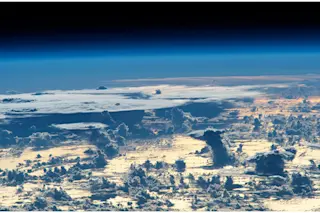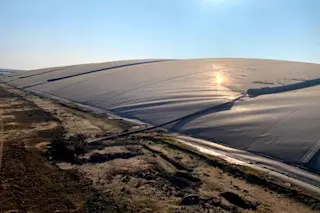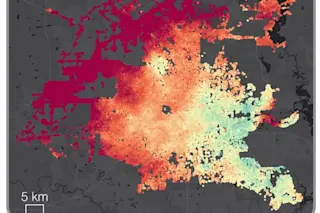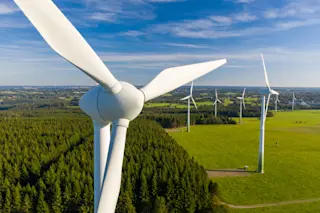If you've checked out parts 1 and 2 of this three-part series examining the new State of the Climate 2023 report, you already know that greenhouse gases have been continuing their relentless growth in the atmosphere, and that 2023 shattered previous global heating records.
Here in Part 3 of the series, I look at some of the other impacts, starting with one that took me surprise: In addition to being the warmest year, 2023 was also the least cloudy ever observed globally in records dating back four decades. Some areas saw particularly steep declines in cloudiness, including the Indian Ocean, the Arctic, and Northern Hemisphere.
The global average for cloud cover in 2023 was the lowest ever recorded. In this map, areas colored in brownish tones saw less cloud cover than normal. (Credit: State of the Climate in 2023 report, Bulletin of the American Meteorological Association)
State of the Climate ...














